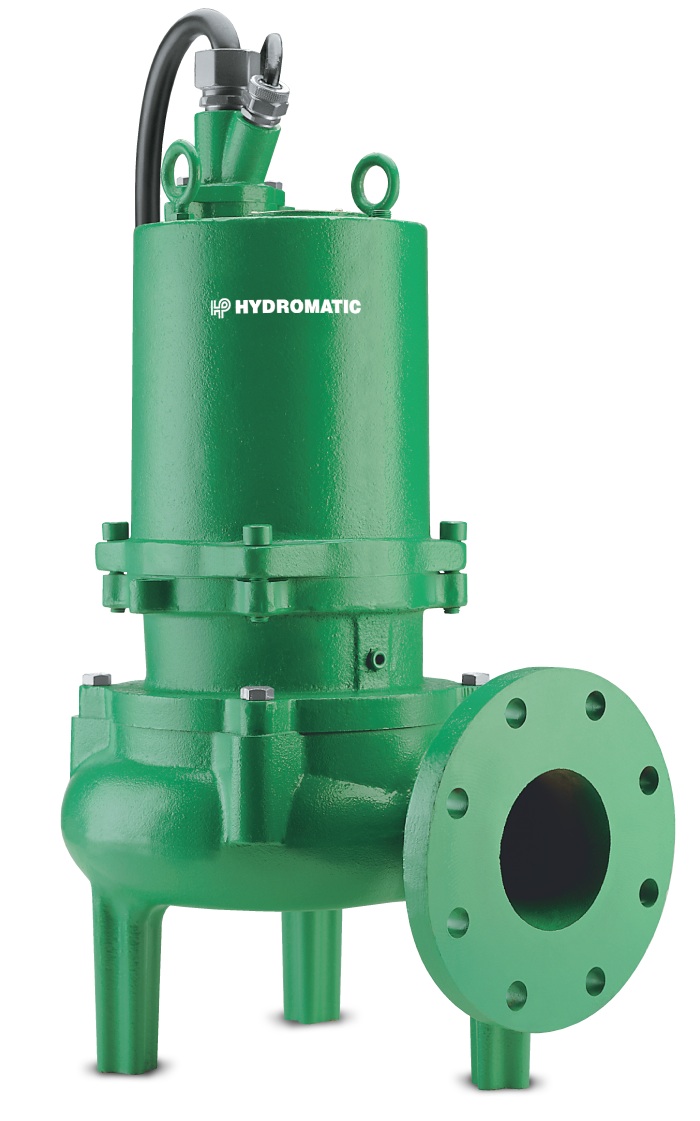

This will aid you in the setup procedure.
#EJECTOR PUMPS HOW TO#
3 How To Install A Sewer Ejector Systemįirstly, review the user manual’s directions and cautions.This vacuum must be maintained by removing air that leaks into the condenser. Condenser Exhausting (Electric Power Industry) – To optimize the expansion of the steam through the turbine requires the turbine condenser to be maintained at its optimum vacuum.Bleaching & Deodorizing (Food & Beverage Industry) – Using vacuum to remove color and contaminants from edible oil.Sugar Vacuum Pans (Food & Beverage Industry) – After the sugar juice is concentrated through evaporation (see evaporator vacuum), the vacuum is used to convert the syrup to a state where crystals begin to form.Using vacuum can reduce energy costs and avoid damaging heat-sensitive products. Evaporator Vacuum (Chemical/Food & Beverage Industries) – Concentrate materials in a liquid state by boiling off solvent (water).Vacuum Distillation (Chemical/Oil & Gas Industries) – Pulling vacuum on a product and condensing it allows the separation of two or more volatile components with different boiling points.Steam ejectors and ejector/vacuum pump hybrids are the ideal solutions for the most demanding applications in oil & gas, chemical, electric power, and food & beverage. Ideal Solution For Demanding Applications Available in a wide variety of materials.If condensers cannot be mounted at the correct elevation, a small capacity NASH pump has to be used.Ejectors can discharge into the hot well.Barometric condensers/shell and tube condenser drain leg must be mounted high enough to gravity drain the water and avoid flooding in the condenser.Ejectors can be mounted in any direction, precaution must be taken to properly drain the system.An interstage ejector could be nozzled to optimize interstage pressure and minimize steam flow.Interstage condenser pressure is optimized and cooling water load is typically reduced.Last stage jet and after-condenser are eliminated and replaced with a high-efficiency liquid ring vacuum pump.Combine ejector strengths with liquid ring vacuum pump strengths.


Other fluids can be used whenever there is a good reason to avoid mixing steam with the product. The most common motive fluid is steam at 80 PSIG (6 bar abs.) to 400 PSIG (28 bar abs.). More pressure rise occurs along the discharge cone as flow slows down. A stationary sonic shock wave forms in the throat of the diffuser, and absolute pressure rises sharply at this point. These systems are ideally suited to high vacuum applications but are only marginally useful as compressors.Ī jet of motive fluid is supersonic velocity entrains the inlet stream and raises its velocity to the speed of sound as the two flows mix. Therefore, ejectors are better-suited for handling gases with low molecular weights and when operating at low absolute pressures. An ejector operates on a mass basis, not by displacing volume. The nozzle controls the expansion of steam and converts pressure into velocity thus, creating a vacuum to transfer gases. Steam ejectors pass steam through an expanding nozzle. Air jets of this type are convenient because no steam or pressurized air source is required to make it work, just the vacuum pump. This is often used in applications such as deaeration when the vacuum system must be able to pull down to the vapor pressure of the water that is being degassed. When paired with a NASH liquid ring vacuum pump, they can use the air from the room or the pump exhaust as motive air to increase the vacuum level the pump is capable of reaching. Air is often employed on small ejectors when steam is not available. The resulting mixture enters the diffuser where velocity energy is converted to pressure at the ejector discharge.Įjectors that use air as motive are often called air ejectors or air jets. The jet of high-velocity steam or gas entrains the gas to be evacuated or pumped in the suction of the ejector. The steam or air converts that pressure or potential energy to velocity or kinetic energy. In a jet or ejector, a relatively high-pressure gas, like steam or air, expands through a nozzle. Steam ejectors use steam or gas instead of moving parts to compress a gas.


 0 kommentar(er)
0 kommentar(er)
